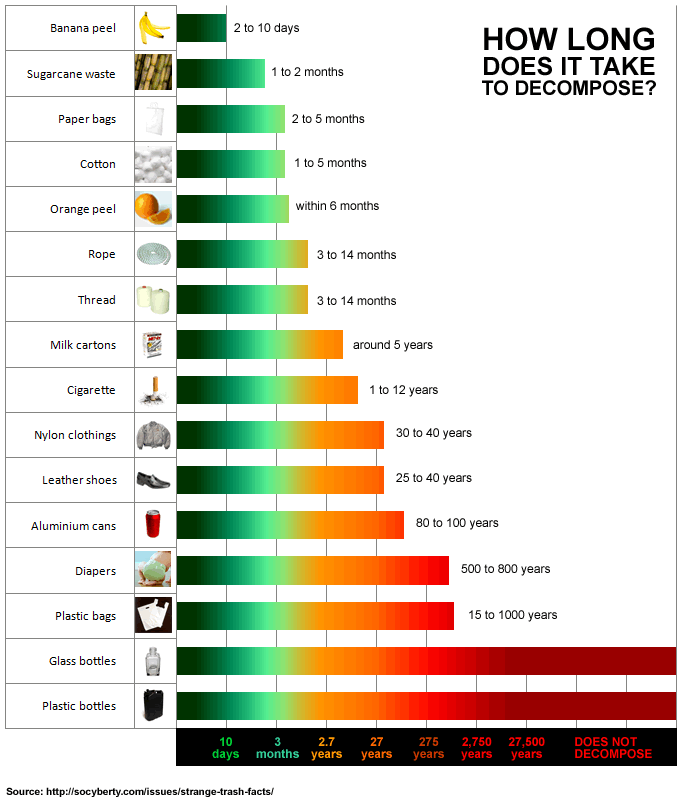New tires take a little bit of gentle breaking in. Discover why – and how to drive on new tires to optimize performance and safety.
Just driven a new car off the lot? Or perhaps you’ve got new tires, fresh off the manufacturing line, to replace your well-worn set?
Before you hit the gas to see what those new tires can do, there’s something you should know: just like a new pair of shoes, new tires need to go through a breaking-in period before they can drive at their best. Discover why and follow our tips to help safely ready your new tires for long-term service.
What’s different about new tires?
Lubricants. During manufacturing, a release lubricant is used to help remove tires from their molds. This substance remains on the tread until it wears off on the road. Before it has completely worn off, it could reduce your traction.
Antioxidants. These are applied to help keep the tire rubber from breaking down when exposed to environmental factors such as fluctuating temperatures and oxygen. They may make tires feel slick at first.
Tread depth. New tires will naturally feature maximum tread depth. This fresh tread is stiff, smooth, deep, and could feel like unyielding, thick cushioning between you and the road at first. This may lead to something called squirm.
Tread squirm, or tire squirm, is a little bit of excess movement you might feel when steering a vehicle that has recently been fitted with new tires. This movement comes from the flexibility in the rubber between the tread surface and the carcass.
For comparison:
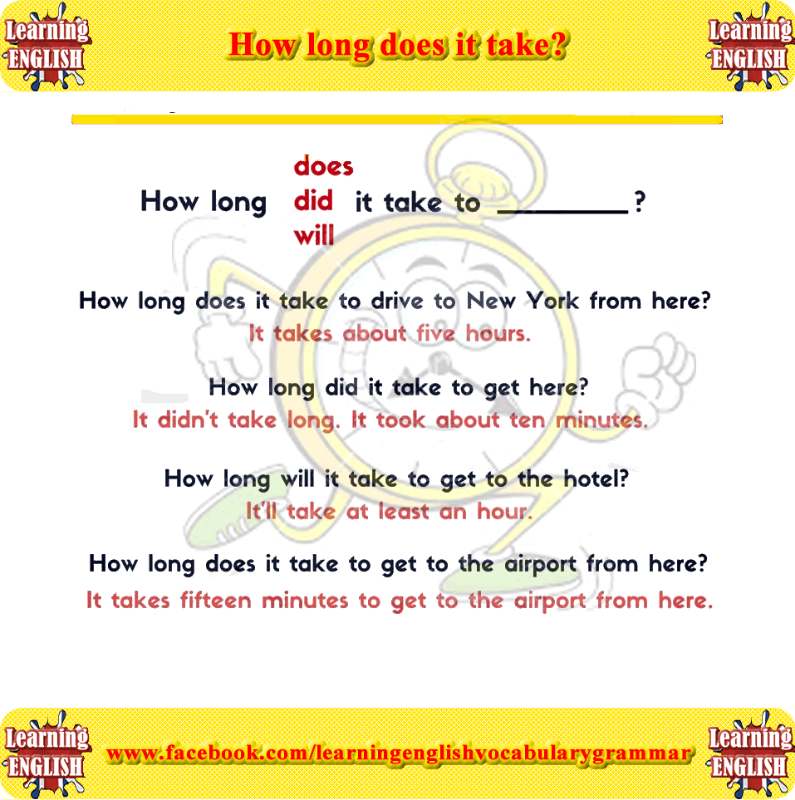
You’d think so. But actually, it works better once it has spent some time on the asphalt getting slightly roughed up. Once this has happened, tires are able to exert their optimal gripping and handling capabilities.
Focus on easy, gentle driving – smooth acceleration, braking, and cornering – for the first 500 miles. This will safely prep your tires for regular performance. After this amount of use, lubricants and other substances used in the manufacturing process will have completely worn off.
What to do:
What not to do:
Lubricants used to mount the tire to the wheel could cause some tire/rim slip if you floor it or slam on the brakes – so avoiding doing either of those things for the first few hundred miles is particularly important.
Even if you’ve refitted your car with the same brand and model of tires you previously had, you might notice a difference in how driving feels. It’s likely your old tires had very little tread depth by the time you replaced them. Tires with very little tread tend to respond quicker, because there’s less tread that needs to flex during maneuvering. So, new ones might feel slightly less responsive before they’re fully broken in.
As well as enabling your tires to adjust and start performing at their best, a gentle breaking in period will give you a chance to adjust to your new tires, too.
Go easy on those new tires for a while, and they’ll reward you with long, reliable service. To help ensure this, even after this breaking-in period, it’s recommended that you conduct regular tire health checks. Look out for:
Well-maintained tires will deliver top driving performance and keep you safe on the road.
The fastest way to the perfect tire.
Select tiresize or Show results
Canadian Super Shop Winnipeg | Winnipeg Tires Sales
Do you recall the last time you acquired a new pair of shoes? They might have been stiff to start with, but after a slight wear, they became more comfortable, with a remarkably softer ride and better grip. Well, you may not be aware of this, but the similar theory applies to the car tires as well.
Just like a new pair of running shoes, you need to “break in” your new tires for the excellent performance. Therefore, when you buy new tires, it is a brilliant idea to take it easy for some time.
Why Do You Need To Break In Your Tires?
Auto experts highly advise that motorists should allow their new tires to undergo a certain breaking-in period.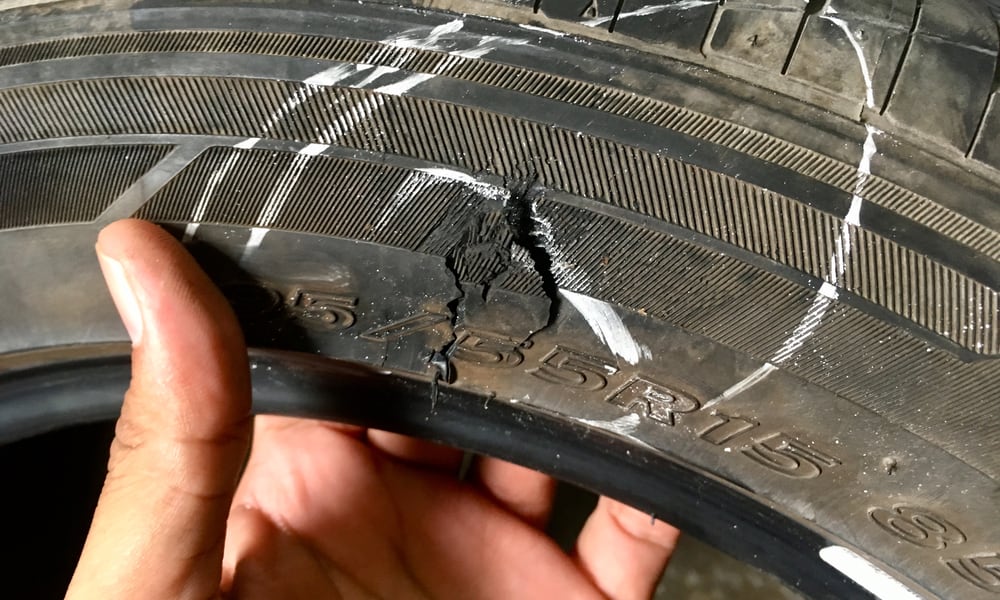
The primary reason is to let all materials and compounds which are used in the construction of the tire to gel together and begin working together.
As the natural wear takes place under the dynamics and load of your particular car, the compounds and fibers will settle into place, and the tire will then begin to function efficiently.
When you start to drive on new tires for the first time, even if they’re similar to the ones you’re replacing, you may notice that they respond slowly. It’s because the tread is pretty stiff and has not had an opportunity to wear into a surface pattern.
If we think of tires as running shoes for our vehicles, it makes a lot of sense that a shoe needs to mold to our exact foot type and our body weight and even our walking pattern.
So, here are some tips to break in your new tires:
1. Easy driving for first 500 miles -During manufacturing, the manufacturers coat tires with a release lubricant to stop them from sticking to their molds after curing process.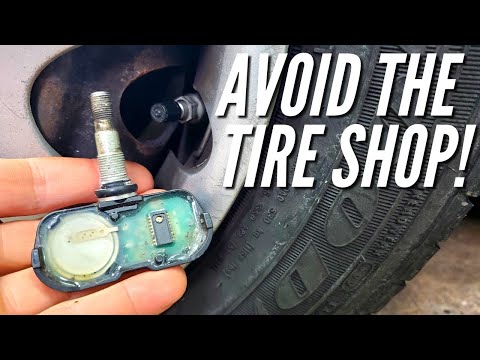
Some of the lubricant remains on the tires’ surface, and until it fully wears away, it can minimize traction. Nearly 500 miles of smooth driving (cornering, braking, accelerating) will let a lubricant to wear out safely and entirely.
Also, tires comprise of many layers of materials including fabric, steel, and rubber. Giving your new tire enough time to break in will let these distinct components to begin working together, delivering their usual ride quality and optimum performance.
2. Your new tires may feel different -If you have just replaced your tires, it is probably because the old ones had shallow treads remaining. Tires with shallow treads always tend to respond a bit faster, since there are fewer treads which need to flex during quick turns and cornering.
Tires with deeper treads tend to flex or “squirm” a bit more -so they may feel somewhat less responsive than the old tires, even if you replaced the old set with the exact brand and model.
There’s usually a lot of debate and discussion on this topic, and some may even consider the breaking-in period for tires as a myth of sorts. But, with the facts we’ve outlined above, it makes sense to adopt a break in period – this is the reason many tire experts will recommend you do it.
But, with the facts we’ve outlined above, it makes sense to adopt a break in period – this is the reason many tire experts will recommend you do it.
After all, what is a few careful kilometers initially when you have the potential to gain much higher performance and wear from your tires in the long run?
Therefore, while we know you are very excited to get out there and put your new tires to the test, it will be wise to take it pretty easy for the first few weeks and allow the tires break in naturally.
Note: Be careful when exploring the potentials of your new tires. Remember that each tire needs a 500-miles break-in period for maximum performance.
Canadian Super Shop Winnipeg | winter driving
ByCanadian Super Shop
Dealing with pothole damage Meet Marve Kraut, owner of Canadian Super Shop who has seen the best and worst of Winnipeg’s weather over the last 35 year.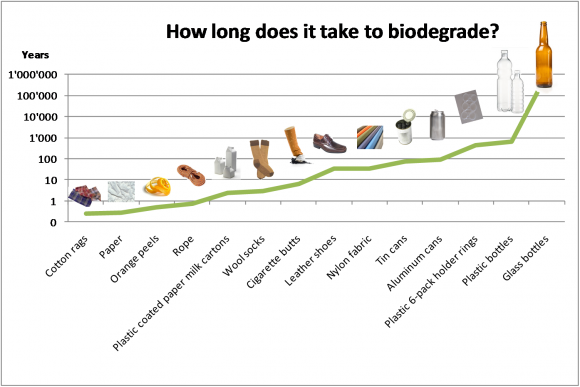 Marve is particularly aware of pothole damage, which has dogged the city of Winnipeg for years and now seems to be getting only worse. For some time now,…
Marve is particularly aware of pothole damage, which has dogged the city of Winnipeg for years and now seems to be getting only worse. For some time now,…
Read More Dealing With Pothole Damage as a Car OwnerContinue
Canadian Super Shop Winnipeg | Car repairs Winnipeg
ByCanadian Super Shop
5 REASONS WHY YOU MAY NEED A VEHICLE ALIGNMENT In most cases, when we talk of car alignment, we usually refer to the wheel adjustments. However, determining when you need to do a vehicle alignment is not very evident, yet it is a very important aspect of vehicle maintenance. A poor alignment will result…
Read More 5 reason you may need a vehicle alignmentContinue
Car repairs Winnipeg | Canadian Super Shop Winnipeg
ByCanadian Super Shop
10 Key Tips To Preserving The Value Of Your Car Some assets, such as real estate appreciate over time while other assets, including your vehicle, depreciate.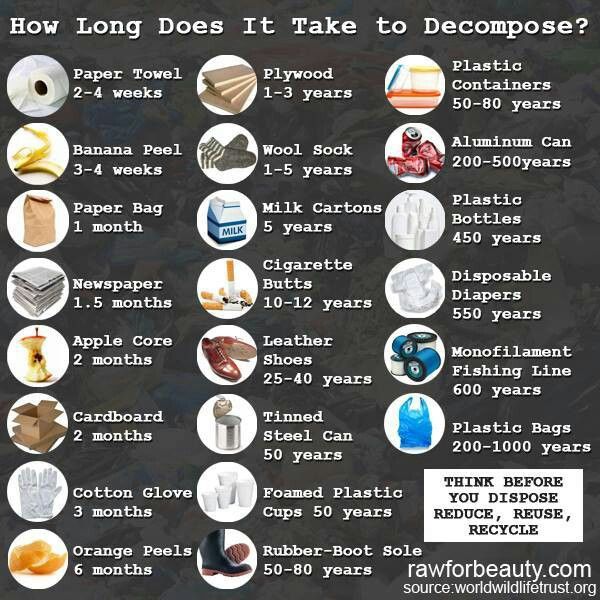 Essentially, every homeowner who purchases his or her dream home does everything possible to ensure it is well-maintained. Therefore, why should your dream vehicle be any different? Is there…
Essentially, every homeowner who purchases his or her dream home does everything possible to ensure it is well-maintained. Therefore, why should your dream vehicle be any different? Is there…
Read More 10 Key Tips To Preserving The Value Of Your CarContinue
How to break in studded tires correctly so that you don't feel a loss of efficiency in winter.
Winter came - change your shoes and go. This rule is familiar to all drivers. However, with the advent of studded car tires, it had to be replaced with a new version: “Change your shoes, break in the tires and go wherever you want.” After all, even very expensive tires will let you down without running in - no manufacturer can guarantee uniform immersion of the studs into the tread. Therefore, every driver must learn the rules for changing seasonal tires and the subsequent running in of a winter or summer model.
As a general rule, summer tires are replaced with winter car shoes with the first cold snap, when the temperature drops below +7 °C.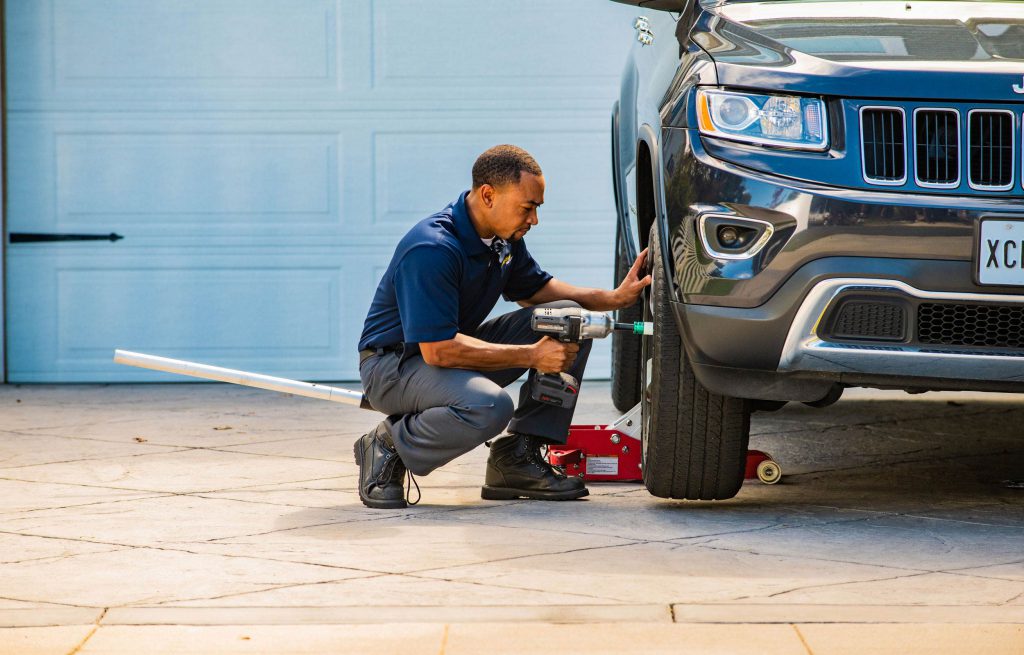 This recommendation is followed by both Europeans and Americans. After all, the summer tread loses elasticity even before the onset of serious frosts. Therefore, in place of hard tires for the warm season, soft models for winter are put on car rims.
This recommendation is followed by both Europeans and Americans. After all, the summer tread loses elasticity even before the onset of serious frosts. Therefore, in place of hard tires for the warm season, soft models for winter are put on car rims.
Winter tire can be studded and smooth. According to the tread pattern, models for winter are divided into European (with a V-shaped notch) and Scandinavian (with diamonds and squares) options.
Smooth European-style Velcro is chosen by residents of the southern regions or city dwellers living in the neighborhood with a well-established public service. They are designed for clean asphalt. The studded version is needed for driving on packed snow and icy roads. On such a track, a studded tire reduces braking distances by 25-30% and improves handling during difficult maneuvers, sharp turns or fast lane changes.
Running in studded tires is a mandatory procedure recommended by all winter tire manufacturers.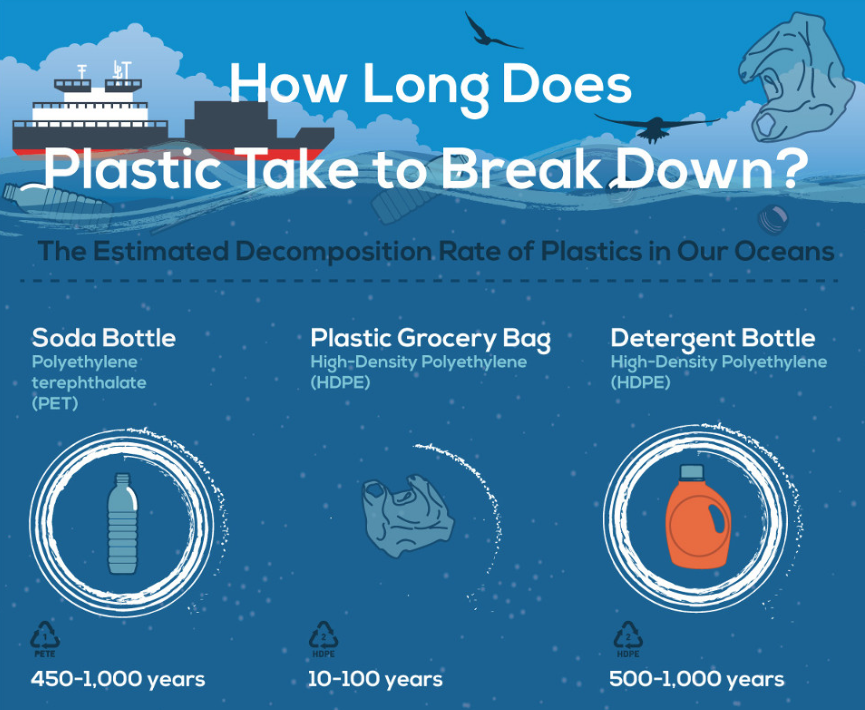 The reason for this recommendation is hidden in the technological miscalculation - no manufacturer can insert studs into the tread, maintaining the same depth of immersion. And although the spread in the height of the stud above the tread level does not exceed hundredths of a millimeter, this defect is enough to reduce the driving characteristics and controllability of the car.
The reason for this recommendation is hidden in the technological miscalculation - no manufacturer can insert studs into the tread, maintaining the same depth of immersion. And although the spread in the height of the stud above the tread level does not exceed hundredths of a millimeter, this defect is enough to reduce the driving characteristics and controllability of the car.
To avoid trouble on the road, the driver will have to run in a studded tire, driving on a winter road at low speed and without sudden maneuvers. Under the weight of the car and passengers, the spikes will fall into place, after which the driver can forget about all the restrictions and return to his usual driving style.
If you haven't experienced studded driving, running in will help you get used to the new acceleration and braking dynamics.
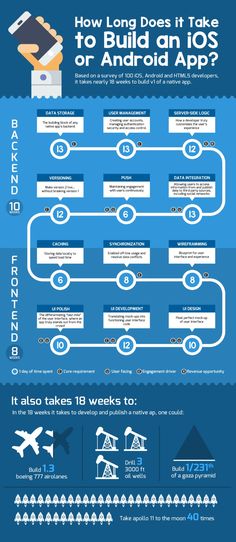 The correct weather for running in: light frost in the morning and evening, with positive temperatures during the day.
The correct weather for running in: light frost in the morning and evening, with positive temperatures during the day. 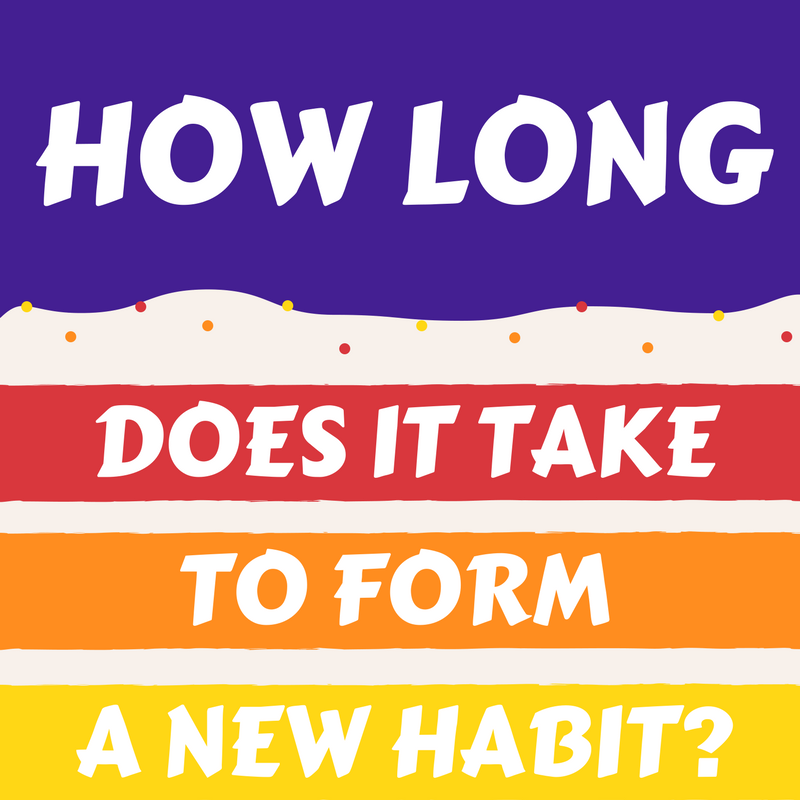
If you forgot to record the odometer reading - don't worry, you can track the duration of adaptation, focusing on the running indicator. On any new studded tire, you can see the indicator notch that surrounds the metal insert. When the indicator wears off on the asphalt, studded tires are considered ready for long trips.
The process of monitoring the indicator involves a thorough inspection of the tread. You can get additional benefit from this action by cleaning the tread with new spikes from pebbles and other foreign objects stuck in the cut. In addition, another control operation can be timed to the inspection of the indicator - checking the tire pressure.
If you put your car in a studded model, the tire pressure must correspond to the norm prescribed by the manufacturer. Too much or too little pressure causes the studs to fall out at the center or edges of the tread. Such a wheel is erased to the "bald head" during one winter season. A properly inflated tire will last 3-4 winters.
Such a wheel is erased to the "bald head" during one winter season. A properly inflated tire will last 3-4 winters.
The correct pressure is determined by the vehicle manufacturer. Controllability, cross-country ability and even fuel consumption depend on this indicator. Therefore, the correct pressure depends on the weight of the machine, the permissible speed and even the time of year.
The correct tire pressure can be found in the manufacturer's manual or on a decal affixed under the gas cap or on the driver's door pillar. Moreover, this indicator is tied to the dimensions of the tire (diameter and width), the expected load and whether the wheel belongs to the front or rear axle.
Therefore, several values \u200b\u200bare indicated in the table (in bar or kgf / cm2) and if you are going to break in tires in the winter, you will not only have to pump up the tire to the correct pressure, but check this indicator at least once a week using a pressure gauge.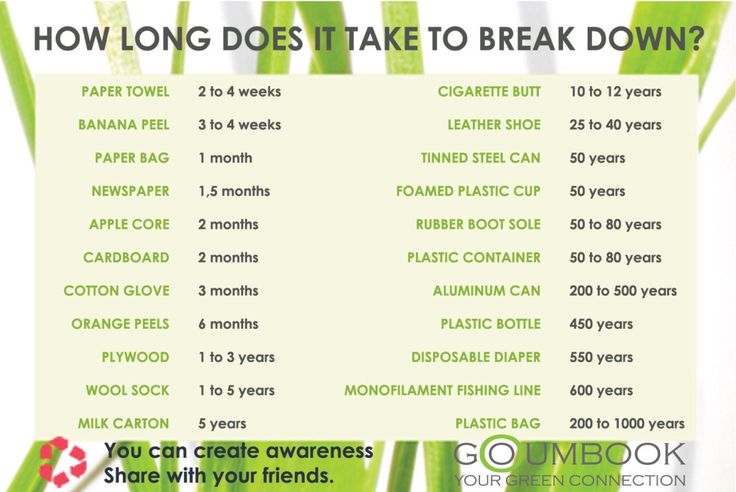 Otherwise, the studded tread will lose most of the metal elements and will not be able to keep the car on ice.
Otherwise, the studded tread will lose most of the metal elements and will not be able to keep the car on ice.
Too much or too little pressure causes the tread indicators to wear unevenly.
Winter Drive protection
Tires Goodyear UltraGrip Arctic 2 SUV
Winter Drive protection
Rating:
4.5
Tires Goodyear UltraGrip 600
Winter Drive Protection Sound Comfort
Rating:
4.5
Tires Goodyear UltraGrip Ice Arctic
Winter Drive protection
Tires Goodyear UltraGrip Arctic 2
Winter Drive Protection Sound Comfort
Rating:
4.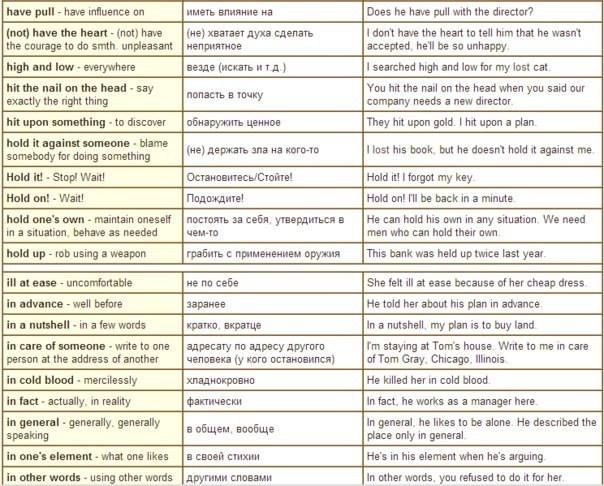 5
5
Tires Goodyear UltraGrip Ice Arctic SUV
Winter
Rating:
4
Tires Goodyear Cargo UltraGrip 2
Even if you can boast of the right driving style, without skidding, slipping and other extreme sports, when choosing a route for running in a studded tread, you will have to follow these recommendations:

Of course, such ideal road conditions are found only in large cities, but a good road can also be found in the regions. Therefore, try to erase the indicator on such a coating. In this case, the studded tread will last you twice as long as the rubber run in potholes and pits.
The use of new rubber compounds in tires reduces the period of adaptation of tires to the road, but neither winter nor summer tires can do without a break-in. True, for summer wheels, the adaptation period is 2-5 times shorter than for the winter version.
If you want to break in a new tire in winter, according to the rules, you will have to drive at least 500 kilometers at a speed of up to 60 km / h, spending 8-9hours. Summer rules are not as strict as winter recommendations: the speed limit is increased to 80-100 km/h, and the recommended distance is reduced to 100-200 kilometers. As a result, winter rules suggest erasing the indicator in 8-9 hours, and summer recommendations - in 1-3 hours.
Regarding the requirements for driving style, the rules are unanimous - during the break-in of new tires, the driver must maintain a calm driving style.
To sum up all the break-in rules, the final recommendations can be reduced to three pieces of advice:
If you don't know where the wear indicator is located, ask your auto parts and accessories store manager. If you are afraid to make a mistake when checking the pressure - do not trust your pressure gauge, contact any car service.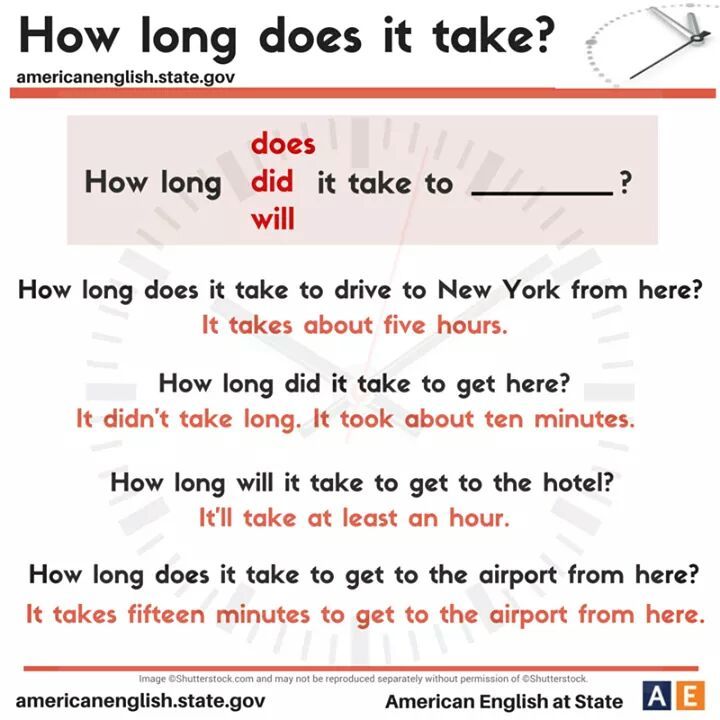 Some of the recommendations may seem like overkill to you, but the loss of time and money will be justified by twice the life of your winter tires. Just do not try to drive the entire 1000 kilometers at once - this distance must be divided into 4-5 stages, allocating 3 hours for each.
Some of the recommendations may seem like overkill to you, but the loss of time and money will be justified by twice the life of your winter tires. Just do not try to drive the entire 1000 kilometers at once - this distance must be divided into 4-5 stages, allocating 3 hours for each.
Many motorists are wondering - does need to run in new tires ? Others, without any preliminary break-in, after changing worn tires, continue to drive as usual. Therefore, after a while, the tires begin to slow down badly, they slip and are less controlled. After a couple of weeks, new tires begin to obey the owner, because the rubber has been run in, albeit not according to the rules. After all, running in new tires, whether it be summer tires or winter tires, must be carried out in compliance with certain rules.
Tires are a rather complex structure. Automotive rubber consists of several layers of rubber, steel and textile fibers. In order for all the components of the tire to "get used" to each other, each tire needs a break-in period. During vulcanization, the shape of the tire is coated with lubricant to prevent the rubber from sticking. A small amount of this lubricant remains on the tire's tread surface and helps reduce traction while riding. To break in tires, it is enough to drive a few hundred kilometers in a fairly calm mode, avoiding strong accelerations, unexpected braking and very sharp turns.
During vulcanization, the shape of the tire is coated with lubricant to prevent the rubber from sticking. A small amount of this lubricant remains on the tire's tread surface and helps reduce traction while riding. To break in tires, it is enough to drive a few hundred kilometers in a fairly calm mode, avoiding strong accelerations, unexpected braking and very sharp turns.
Running in summer tires
Breaking in summer tires is much easier than breaking in winter tyres. In order for a summer tire to effectively manifest its grip properties, it is necessary to drive the first 100 km very carefully. This distance is enough for running in, summer tires will "get used" to the road. After overnight parking, the tire should first be warmed up. And while driving, you do not need to step on the gas and make sudden maneuvers.
Running in winter tires
The dynamics of a car on new winter tires is fundamentally different from driving on summer tires.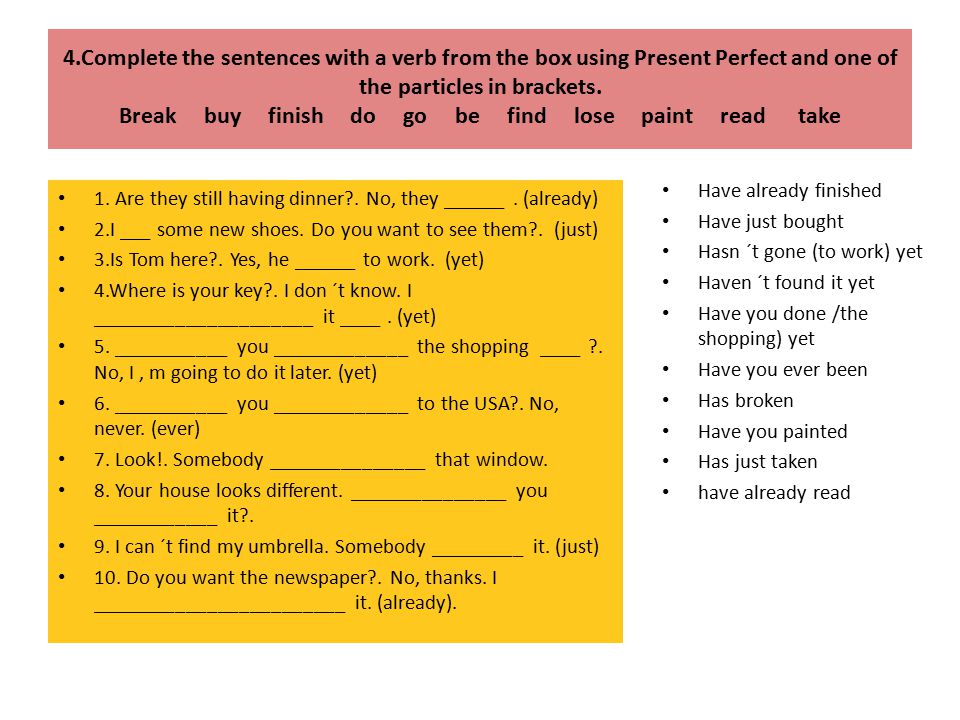 Winter tires are characterized by a large depth and width of the tread. The winter road tire design provides efficient traction in deep snow or ice. In addition to erasing the special lubricant from the tread, winter break-in serves to ensure that the driver can get acquainted with the traction of the car and the handling characteristics on winter tires.
Winter tires are characterized by a large depth and width of the tread. The winter road tire design provides efficient traction in deep snow or ice. In addition to erasing the special lubricant from the tread, winter break-in serves to ensure that the driver can get acquainted with the traction of the car and the handling characteristics on winter tires.
After installing new tires, several hundred kilometers must be driven with light acceleration, with smooth turns and braking. Acceleration is allowed up to the speeds provided for by the tire design. The value of the speed index is indicated on the tire label.
Running in studded winter tires
A special approach requires running in studded tires. The spikes must fall into place, otherwise they will simply be lost during aggressive driving. It is advisable to change the car into studded tires before the famous tinsmith's day, that is, before the first snow falls. Then winter cars on well-run tires. The process of running in winter studded tires should take place before frost and before the appearance of ice.
The process of running in winter studded tires should take place before frost and before the appearance of ice.
Why is studded tires harder to break in than other winter tyres? In order to understand the reason, you need to turn to the technology of manufacturing studded tires. The spikes are made from a tungsten carbide needle. Between 80 and 100 spikes, along with a cylindrical metal groove, are inserted into the tire. Usually, to facilitate soldering of the spike with rubber, the holes are additionally lubricated with a special substance. Then the rubber is moved apart, and a spike is inserted into this hole, which is then compressed by the rubber.
While driving for the first hundreds of kilometers, the spikes should take their optimal position: rise, fall. During this period, the grease in the grooves should evaporate. It takes 500 km to run in winter studded tires. careful driving. The maximum running speed is 60 km/h. While driving, do not accelerate, make sharp turns or brake suddenly.